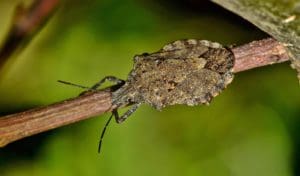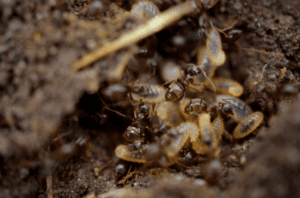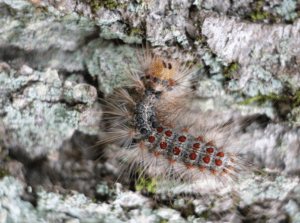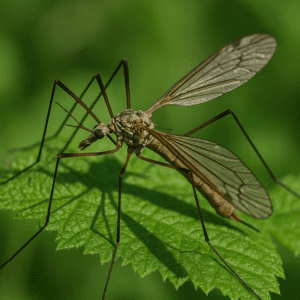
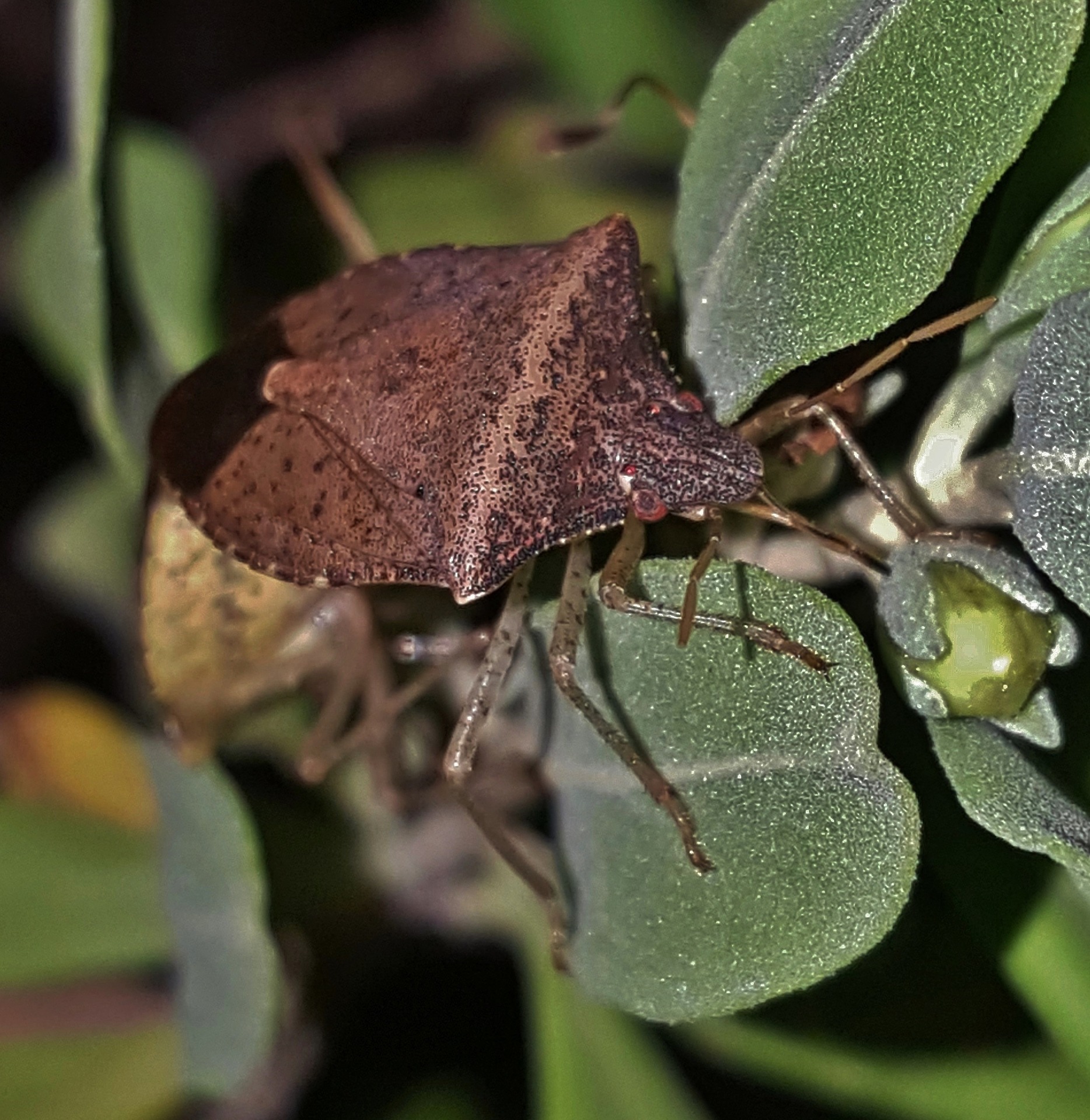
With the warm weather winding down and the colder months closing in, now is the perfect time to get to know all about that most prevalent of fall pests: the stink bug. Most famous, or infamous, for the pungent odor that they produce, there’s more to stink bugs than meets the eye, or the nose, as the case, unfortunately, may be.

1. Stink Bugs All But Dominate North America
Not many people are aware of this skin-crawling fact, but there are over 4,500 different species of stink bugs! Of that multitude, North America is home to about 200 species. Official records document that these malodorous mites are present in 41 states American states and numerous Canadian provinces. They can be found in environs from California to New England, such is their versatility. This incredible range of habitats makes the following fact seem almost ludicrous.2. Stink Bugs Accidentally Arrived From Asia
As unlikely as it sounds, stink bugs came to North American shores inadvertently. Even more bizarre is the fact that they’ve only been here since to new millennium. These ponging pests originate in Asia, but they were unintentionally introduced to this continent, sometime around 1998. An infestation inside a shipping crate full of produce bound for Pennsylvania, these stinky stow-aways found ready breeding grounds across the North American continent. Their populations have grown exponentially in the decades since. Their label as an ‘invasive species’ is an apt way to describe their aggressive occupation of North America.3. The Reason For The Stink Is Not What You’d Think
No doubt the one thing that everyone knows about stink bugs is that they are aptly named. But few people can tell you why they have such a unique pestilential perfume. The well-known odor arises when the bugs exude a liquid from abdominal pores. The bugs choose when and where they secrete their smelly liquid, it is not an automatic response to predators. The odor itself is composed of the trans-2-octenal and trans-2-decenal molecules. Odd as it sounds, these very two compounds are often employed by the food industry to add flavor and fragrance to foods, although thankfully not together. When they are combined, the resulting smell is so nasty as to deter all but the most determined animal predators.4. Stink Bugs Don’t Have Predators
Due to their status as invasive, non-native species, stink bugs don’t have any natural predators in the United States. Partly owing to their appalling stench, not to mention the fact that they do not originate in the U.S. they have been able to breed prodigiously. Despite their lack of any natural predators, there are some insects, birds, and reptiles that have been known to eat stink bugs on occasion. Excitingly, there is a species of parasitic wasp that has been known to attack stink bugs and their offspring. Since stink bugs don’t have many predators to worry about, their predators are seldom able to make a dent in their numbers. Evidence demonstrates that their pong is vital for their survival.5. Stink Bugs’ Smell Has Many Uses
It might surprise you to hear that different stink bugs release different smells. In fact, stink bugs will deploy different odors for different purposes. It goes without saying that the primary use of their stink is to deter would-be predators. If ever they feel (if that is what you want to call it) threatened or if they are in danger, they will exude their unique perfume. Stink bugs exude different fragrances when they want to reproduce or to alert other stink bugs to a choice breeding or resting spot. Squashing a stink bug will also release an odor, but unlike the odor they purposefully exude to attract other bugs, the stench from squishing a stink bug won’t attract others.